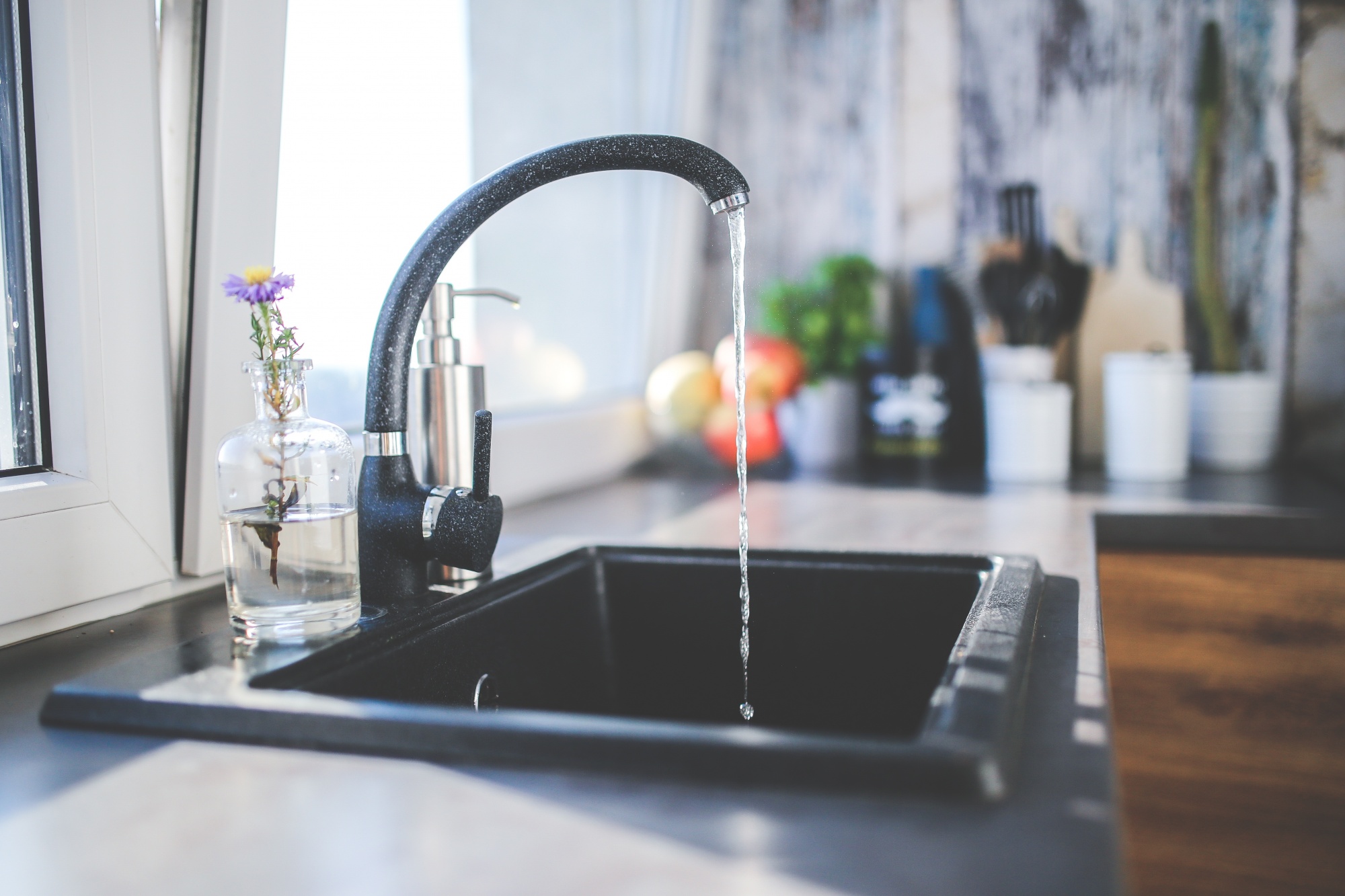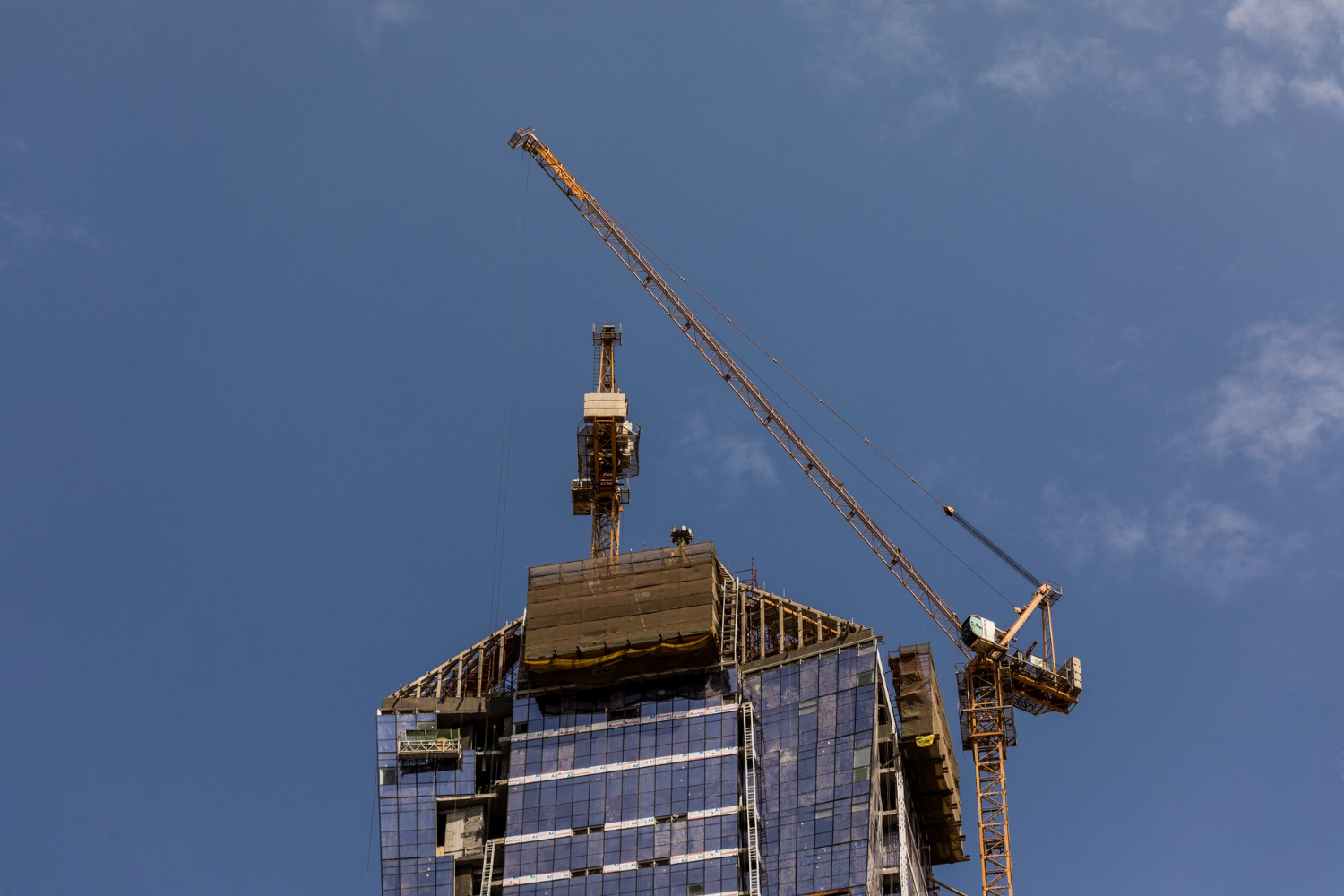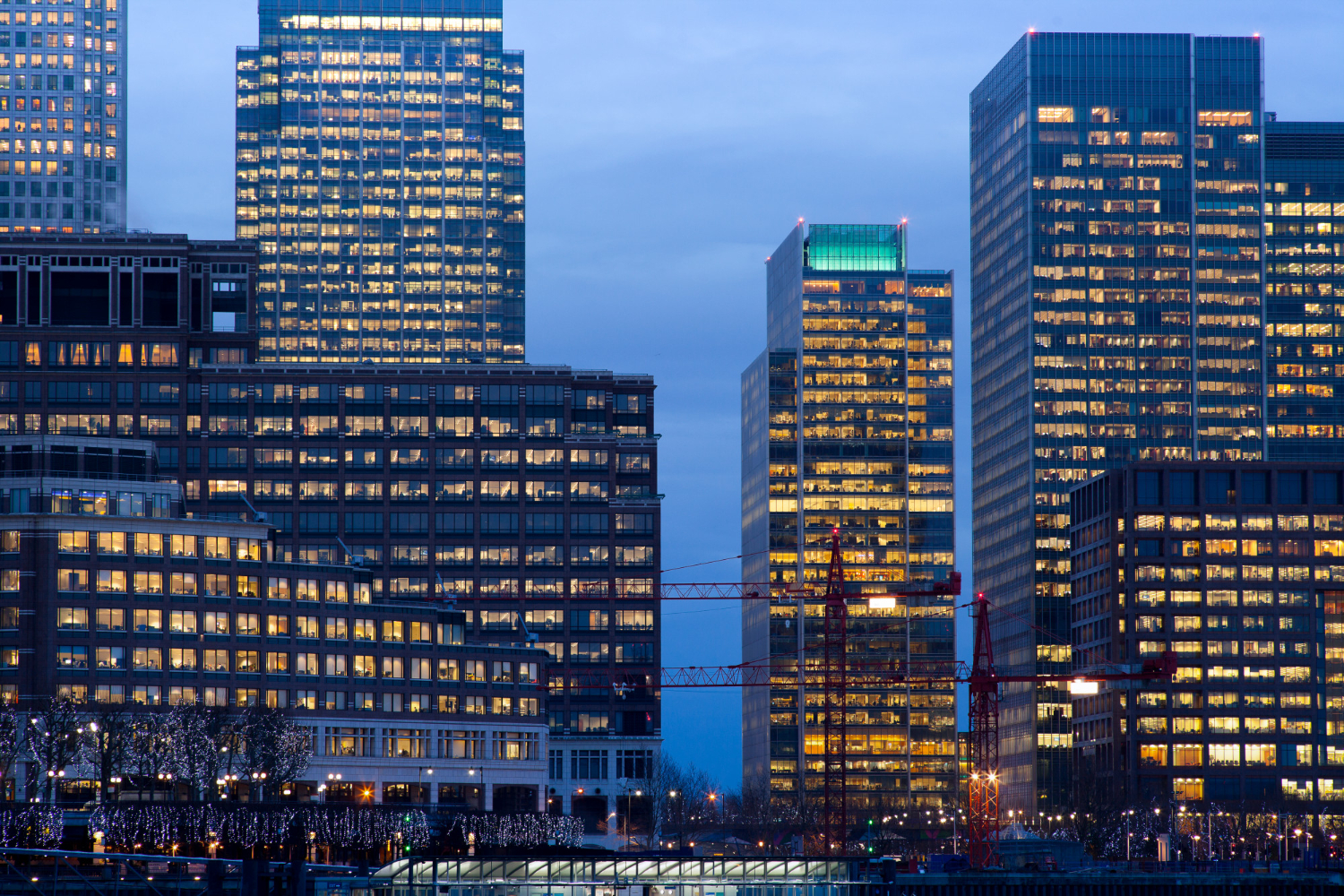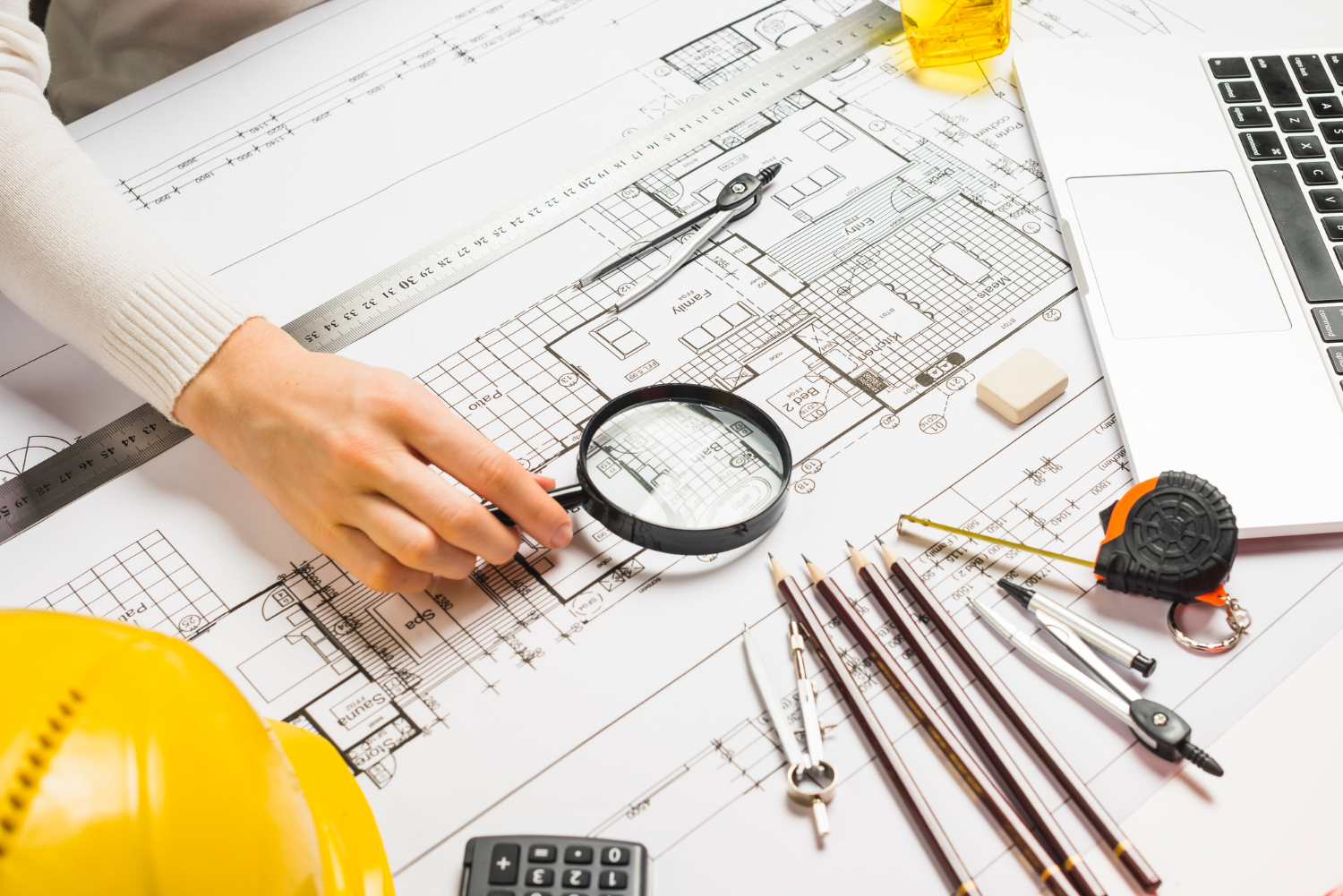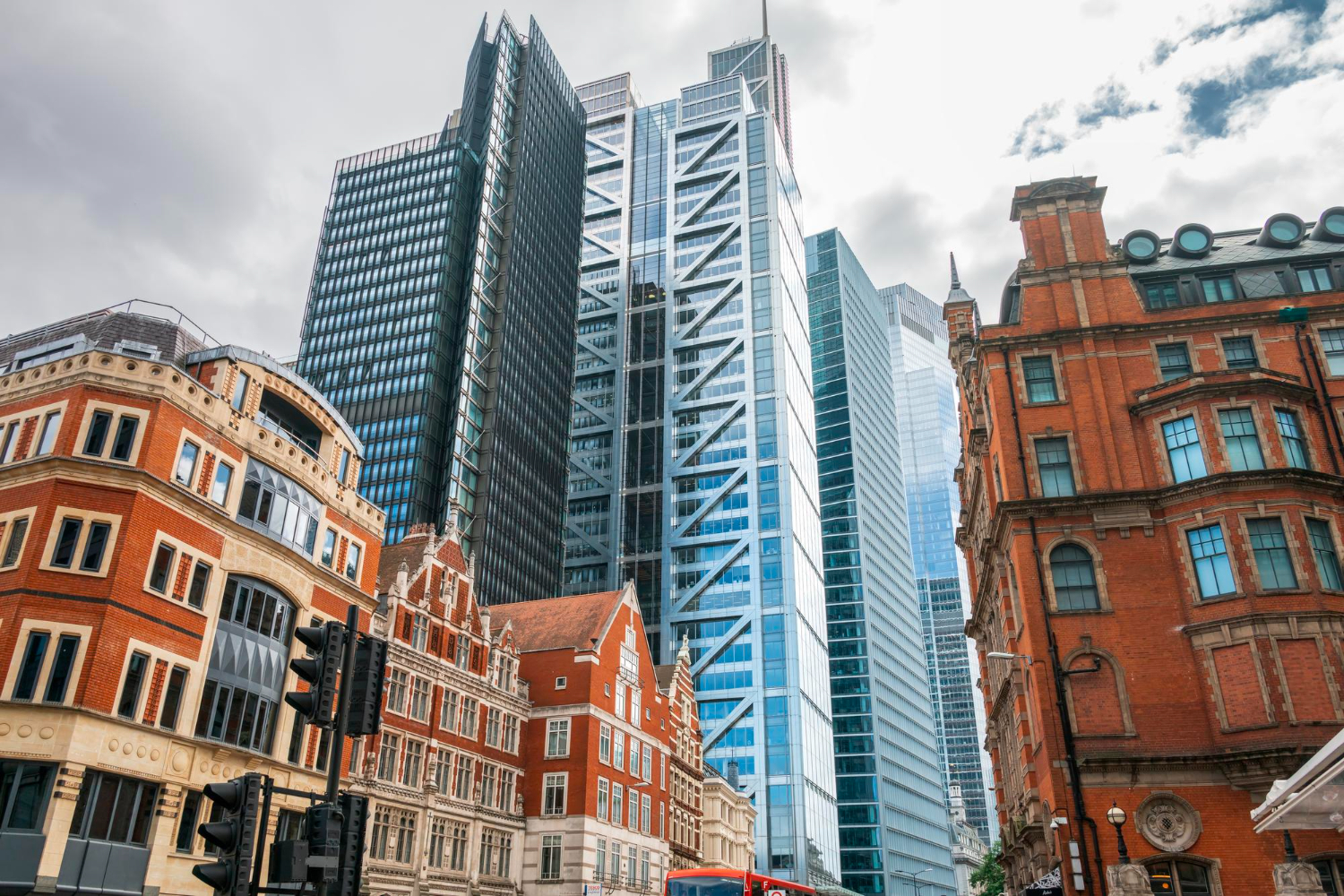

Living in a high-rise building often comes with the luxury of stunning views and a prestigious address. However, residing high above the ground can present unique challenges, particularly regarding air quality. In such environments, maintaining a healthy and comfortable atmosphere requires specific strategies. Here, we delve into effective methods to control and enhance air quality in high-rise buildings.
Understanding Air Quality in High-Rises
Before addressing solutions, it’s crucial to understand the factors affecting air quality in high-rise buildings. These structures are typically located in urban areas, where air pollution can be a significant concern. Additionally, the height of these buildings can expose residents to different air quality levels compared to those on the ground.
Common Pollutants
- Outdoor pollutants: These include vehicle emissions, industrial pollution, and particulates from construction sites.
- Indoor pollutants: These are often the result of off-gassing from building materials, furniture, and cleaning products. Other sources include cooking, smoking, and indoor pets.
Strategies for Improving Air Quality
1. Invest in High-Quality Air Purifiers
Air purifiers are essential for trapping and removing pollutants. Opt for models with HEPA filters, as they can capture fine particles effectively. Additionally, consider units with activated carbon filters to neutralise odours and chemical vapours.
2. Ensure Proper Ventilation
High-rise buildings often rely on HVAC systems for ventilation. Regular maintenance of these systems is crucial to prevent the circulation of contaminated air. Consider incorporating natural ventilation strategies, such as opening windows when weather and pollution levels permit, to introduce fresh air.
3. Monitor Humidity Levels
Maintaining optimal humidity levels (between 30% and 50%) can reduce the presence of mould and dust mites. Use dehumidifiers in damp areas and humidifiers in overly dry spaces to balance the humidity.
4. Adopt a Green Living Approach
Indoor plants can naturally purify air. Species like spider plants, peace lilies, and snake plants are known for their air-purifying qualities. Besides, greenery adds a refreshing aesthetic to your living space.
5. Regular Cleaning and Maintenance
Frequent cleaning reduces dust and allergens. Use vacuum cleaners with HEPA filters and opt for eco-friendly cleaning products. Don’t forget to clean or replace HVAC filters regularly.
6. Be Aware of Construction Materials and Furnishings
Choose low-VOC (Volatile Organic Compounds) materials and furnishings to minimise indoor air pollution. This is particularly important during renovations or when purchasing new furniture.
7. Implement Smart Building Technologies
Modern high-rises are increasingly incorporating smart technologies. These systems can monitor air quality and adjust ventilation accordingly. Investing in such technologies can significantly enhance overall air quality management.
Conclusion
Controlling air quality in a high-rise building is essential for the well-being of its residents. By adopting a combination of technological solutions and natural methods, you can create a healthier and more pleasant living environment. Remember, small changes can make a significant difference in improving the air you breathe. Reach out to the Balance Mechanical team to see how we could help you.
